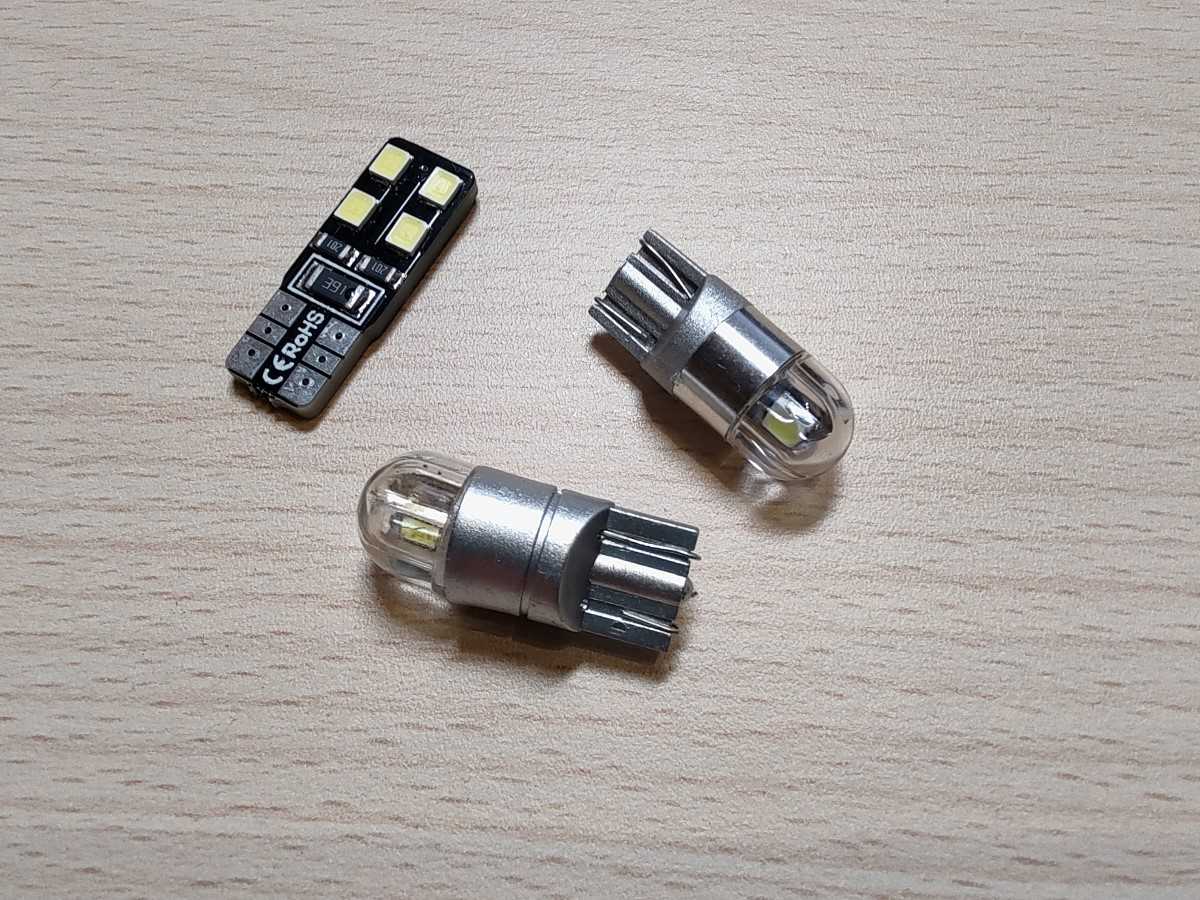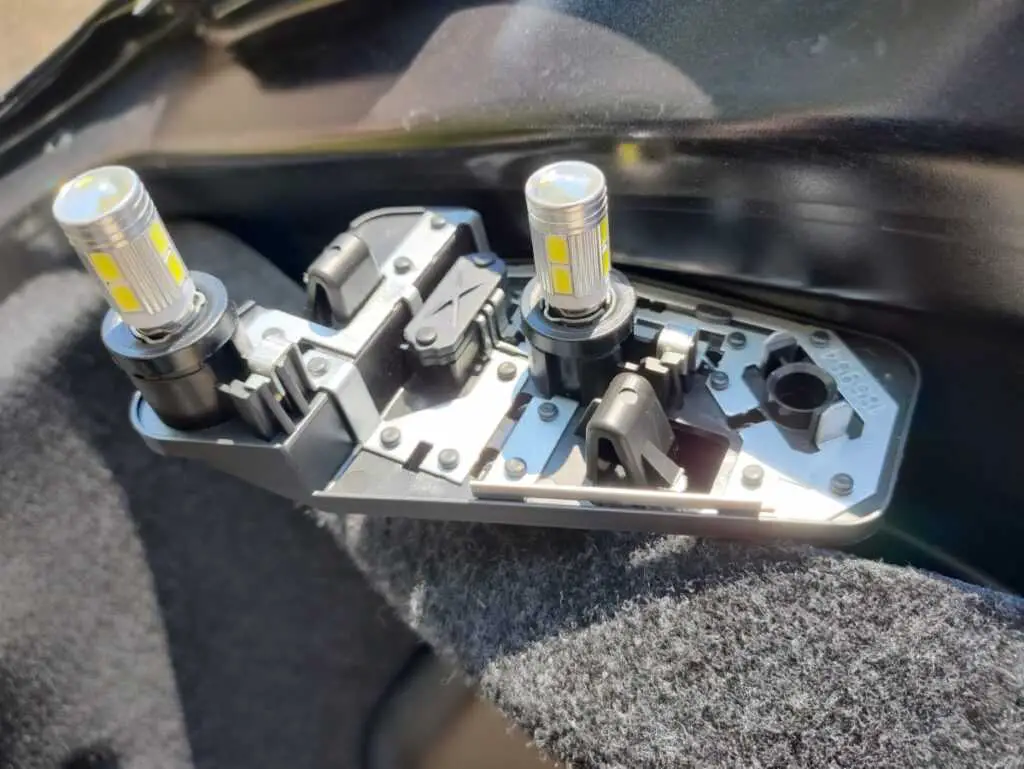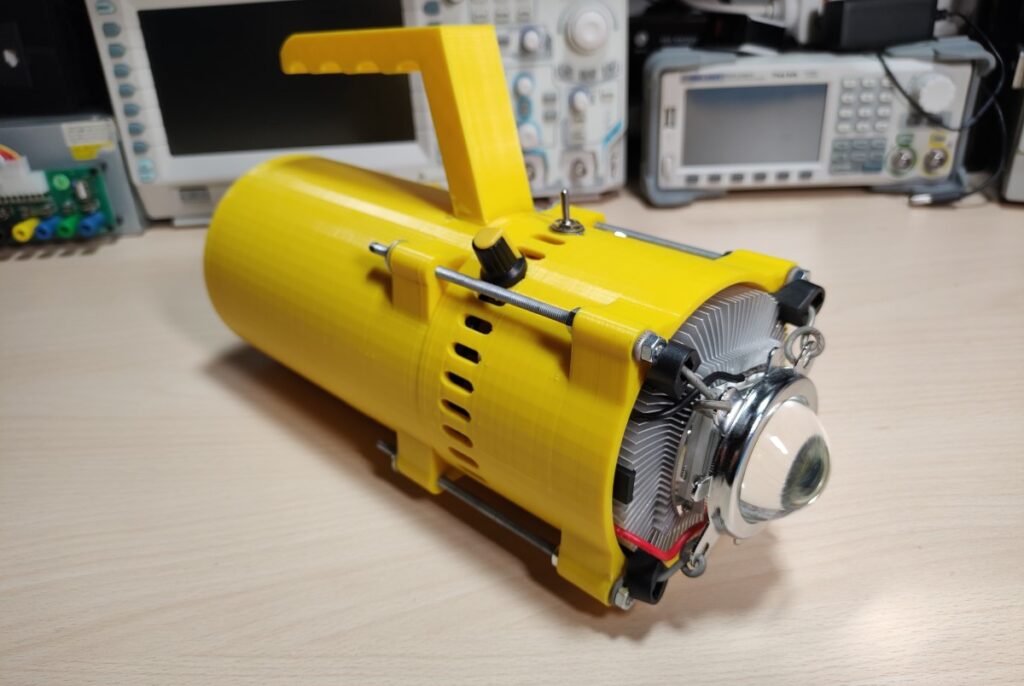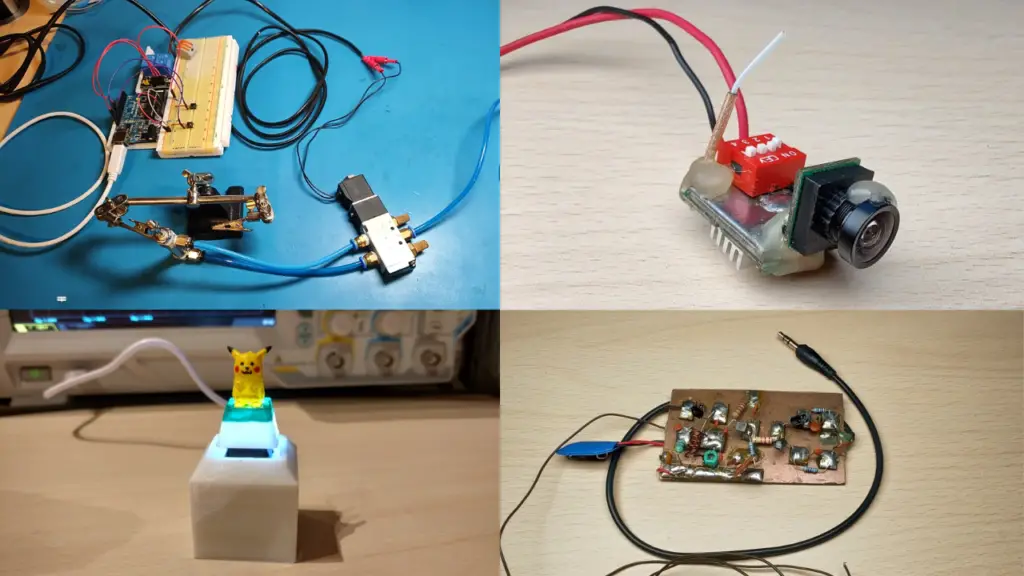About
This is just a quick review of a couple of LED bulbs I got for my car some time ago. I want to share this so people don’t make the same mistake as I did buying these crappy LED bulbs. They were pretty cheap but even so it pointless buying them if they don’t work and just become e-waste. Also, it’s a pain to keep changing them when they die or start to flicker especially if they are in hard to reach places that require removing car parts to get to.
Most of these get advertised as CAN bus error free lightbulbs. LEDs use less power the the incandescent bulbs they are usually replacing. Your car might detect that and think that something’s wrong and throw an error as a result.
To prevent this many of these LEDs use an extra resistor whose only purpose waste extra power by turning it into heat. If not properly managed this this extra heat will cause the LEDs to fail prematurely or melt the plastic housing(this happened a few times to me).
So it can be a good idea to get LEDs that don’t have this resistor and if your car throws an error you instead recode the responsible ECU(like I did in this post).
I would recommend you avoid the LEDs with a plastic housing and instead buy some variant of this kind of “bulb” where the entire “bulb” including the connector is on a PCB.
This is a better approach as there is no plastic housing that could melt. The PCB itself is also quite thick and adds a bit more thermal mass. Most importantly the contacts can transfer some heat away through the metal connector pins.
This particular LED “bulb” has the CE and RoHS certification labels which is mostly likely bull$hit.

















